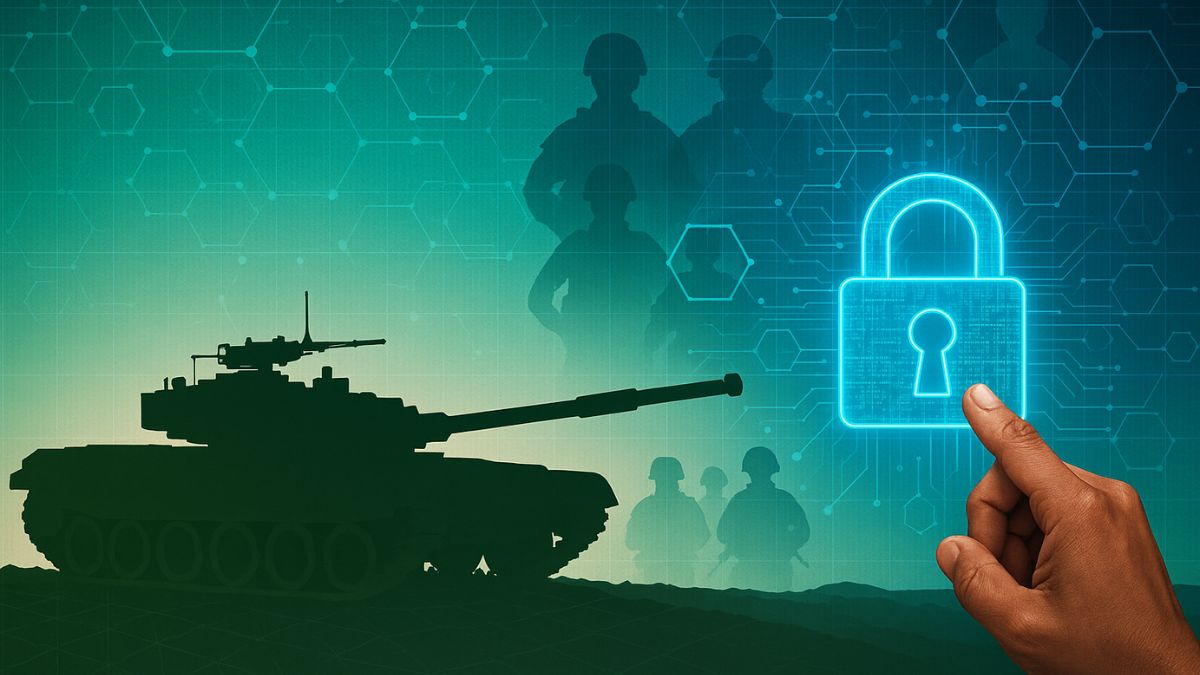In a major boost to India’s defence production capabilities, the Defence Research and Development Organisation (DRDO) has transferred nine advanced land-based military systems to 10 Indian industry partners, enabling domestic manufacturing of combat-tested platforms.
The transfer, conducted by DRDO’s Vehicles Research and Development Establishment (VRDE) in Ahmednagar, marks a strategic effort to decentralise defence technology production and reinforce self-reliance under the Aatmanirbhar Bharat initiative.
The technology handover took place on June 7 in the presence of Dr. Samir V. Kamat, Secretary, Department of Defence R&D and Chairman of DRDO. He spotlighted the importance of industrial surge capacity and praised the battlefield performance of the systems during Operation Sindoor, India’s recent high-intensity conflict engagement.
What systems were transferred and who are the industry partners?
The list of transferred technologies are a mix of combat vehicles, support logistics, and chemical, biological, radiological, nuclear (CBRN) protection systems. Some standout technologies include:
CBRN Recce Vehicle Mk-II: Licensed to Bharat Electronics Limited to enhance NBC detection and reconnaissance in forward areas.
- Mounted Gun System: Licensed to Bharat Forge, supporting India’s push for mobile artillery solutions.
- Anti-Terrorist Vehicle – Tracked Version: Handed to Metaltech Motor Bodies Pvt. Ltd. for deployment in high-risk counter-terror operations.
- 70-ton Trailers for MBT Arjun Mk‑1A: Multiple licences were issued to BEML, Tata International Vehicle Applications, and others to ensure large-scale transport capability.
- Vajra Riot Control Vehicle: Licensed to Tata Advanced Systems, intended for military and paramilitary use in internal security scenarios.
- Decontamination Systems: Dass Hitachi Ltd and Goma Engineering will handle production of multipurpose CBRN decontamination platforms.
Each of these systems is indigenous and has been validated under operational conditions, especially during Operation Sindoor.
What is the strategic importance of this technology transfer?
Historically, India’s defence R&D suffered from a disconnect between technology creation and production scalability. DRDO would develop systems, but delays in absorption, limited production bandwidth, and bureaucratic procurement slowed field deployment.
By licensing these technologies to multiple industry partners, DRDO is unlocking industrial surge capacity— allowing faster, parallelised production, tailored configurations, and, if required, rapid replenishment in wartime.
Unlike traditional sole-vendor contracts, DRDO has issued licenses for some systems (like 70-ton trailers for MBT Arjun) to multiple vendors. This approach mirrors supply chain risk mitigation strategies seen in top-tier militaries like the US Department of Defense, which spreads critical capabilities across several qualified suppliers.
By pushing production out of DRDO labs and into industry, India not only speeds up delivery timelines but also cultivates a more robust and diversified defence-industrial base. These efforts contribute to India’s strategic autonomy, especially in the context of increasing border tensions and the need for rapid force mobilisation.
What role does academia play in this development?
As part of the initiative, VRDE also signed a Memorandum of Understanding (MoU) with COEP Technological University, Pune, for collaboration in advanced and emerging technologies. This marks a deepening of academia-industry-DRDO triad— a model critical for sustaining next-generation innovation.
Dr. Kamat noted that integrating academia into defence development ecosystems would help accelerate R&D cycles, address skills shortages, and drive long-term technological sovereignty.
